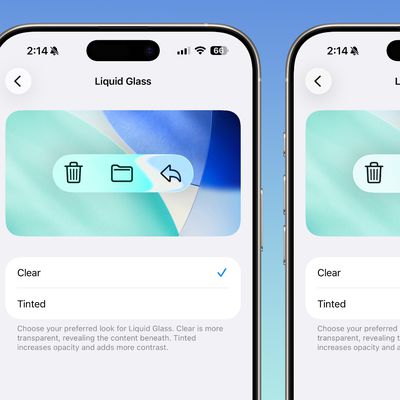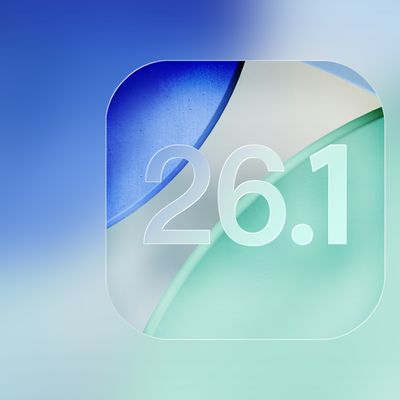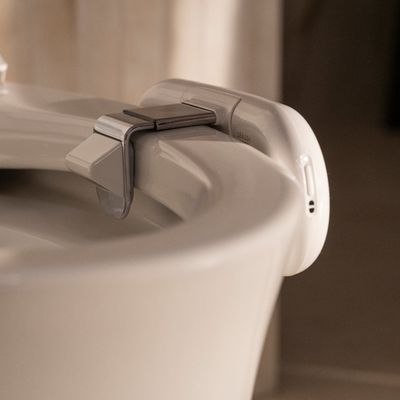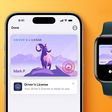Apple Responds to Questions About Location Tracking and Privacy

Nearly a month ago, federal lawmakers Edward Markey and Joe Barton wrote a letter to Apple CEO Steve Jobs expressing concern over and seeking clarification on recent changes to the company's privacy policy as it relates to collection of real-time location data for users of its mobile devices.
As noted by the Los Angeles Times yesterday, the congressmen have published Apple's 13-page response (full-text PDF) submitted last week and explaining the company's policies.
In its response, Apple points out that users have the ability to turn off location services entirely and that users are required to provide explicit authorization to each application that wishes to access their location information. Responding to questions about the information Apple is collecting, the response notes that, in addition to user-initiated location sharing, iOS devices automatically collect information on nearby cell towers and Wi-Fi access points along with GPS locations, batching and encrypting the data before sending it on to Apple via Wi-Fi every twelve hours in order to assist with refinements to Apple's database of fixed access point locations.
Apple also discloses its usage of location information for administering its iAd platform, where GPS coordinates are immediately translated into zip codes for the purposes of serving ads. This information is not, however, passed along to advertisers, and Apple plans to maintain the zip code data on its servers for up to six months to assist with administration of and improvements to the iAd program before aggregating the data for administrative use.
For their part, Markey and Barton seem pleased with Apple's response and approach to user consent and privacy policies, although they continue to express general concern over possible privacy implications for the expanding cloud-based mobile data-driven lifestyle, as well as ever-expanding privacy policy documents that can make it difficult for consumers to understand how their information is being used.
Popular Stories
iOS 26 was released last month, but the software train never stops, and iOS 26.1 beta testing is already underway. So far, iOS 26.1 makes both Apple Intelligence and Live Translation on compatible AirPods available in additional languages, and it includes some other minor changes across the Apple Music, Calendar, Photos, Clock, and Safari apps.
More features and changes will follow in future ...
With the fourth betas of iOS 26.1, iPadOS 26.1, and macOS 26.1, Apple has introduced a new setting that's designed to allow users to customize the look of Liquid Glass.
The toggle lets users select from a clear look for Liquid Glass, or a tinted look. Clear is the current Liquid Glass design, which is more transparent and shows the background underneath buttons, bars, and menus, while tinted ...
iOS 26.4 is expected to introduce a revamped version of Siri powered by Apple Intelligence, but not everyone is satisfied with how well it works.
In his Power On newsletter today, Bloomberg's Mark Gurman said some of Apple's software engineers have "concerns" about the overhauled Siri's performance. However, he did not provide any specific details about the shortcomings.
iOS 26.4 will...
Apple's software engineers continue to internally test iOS 26.0.2, according to MacRumors logs, which have been a reliable indicator of upcoming iOS versions.
iOS 26.0.2 will be a minor update that addresses bugs and/or security vulnerabilities, but we do not know any specific details yet.
The update will likely be released by the end of next week.
Last month, Apple released iOS 26.0.1,...
While the new iPad Pro's headline feature is the M5 chip, the device has some other changes, including N1 and C1X chips, faster storage speeds, and more.
With the M5 chip, the new iPad Pro has up to a 20% faster CPU and up to a 40% faster GPU compared to the previous model with the M4 chip, according to Geekbench 6 results. Keep in mind that 256GB and 512GB configurations have a 9-core CPU,...
With the fourth beta of iOS 26.1, Apple added a toggle that makes Liquid Glass more opaque and reduces transparency. We tested the beta to see where the toggle works and what it looks like.
Subscribe to the MacRumors YouTube channel for more videos.
If you have the latest iOS 26.1 beta, you can go to Settings > Display and Brightness to get to the new option. Tap on Liquid Glass, then...
Even though we're at the fourth beta of iOS 26.1, Apple is continuing to add new features. In fact, the fourth beta has some of the biggest changes that we'll get when iOS 26.1 releases to the public later this month. We've rounded up what's new below.
Liquid Glass Transparency Toggle
Apple added a toggle for customizing the look of Liquid Glass. In Settings > Display and Brightness,...
Apple on Wednesday updated the 14-inch MacBook Pro, iPad Pro, and Vision Pro with its next-generation M5 chip, but previous rumors have indicated that the company still plans to announce at least a few additional products before the end of the year.
The following Apple products have at one point been rumored to be updated in 2025, although it is unclear if the timeframe for any of them has...
Kohler is expanding its line of bathroom products with Dekoda, an iPhone-connected device that's designed to be attached to a toilet rim (via The Verge). The device's included "sensors" point into the toilet bowl, allowing it to analyze what goes on in the bathroom.
According to Kohler, Dekoda is a health tracker that can monitor gut health and hydration, as well as detect the presence of...

























